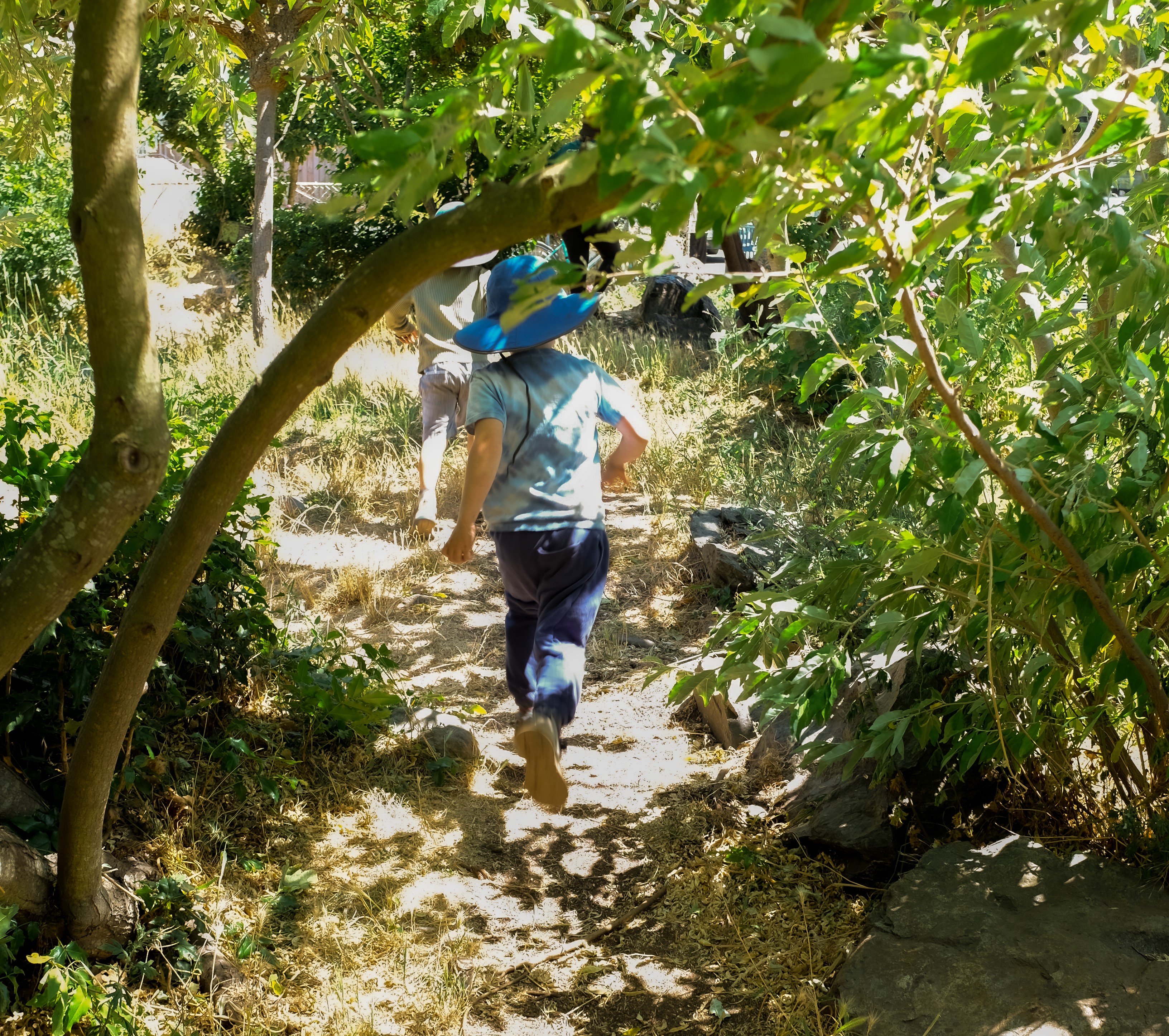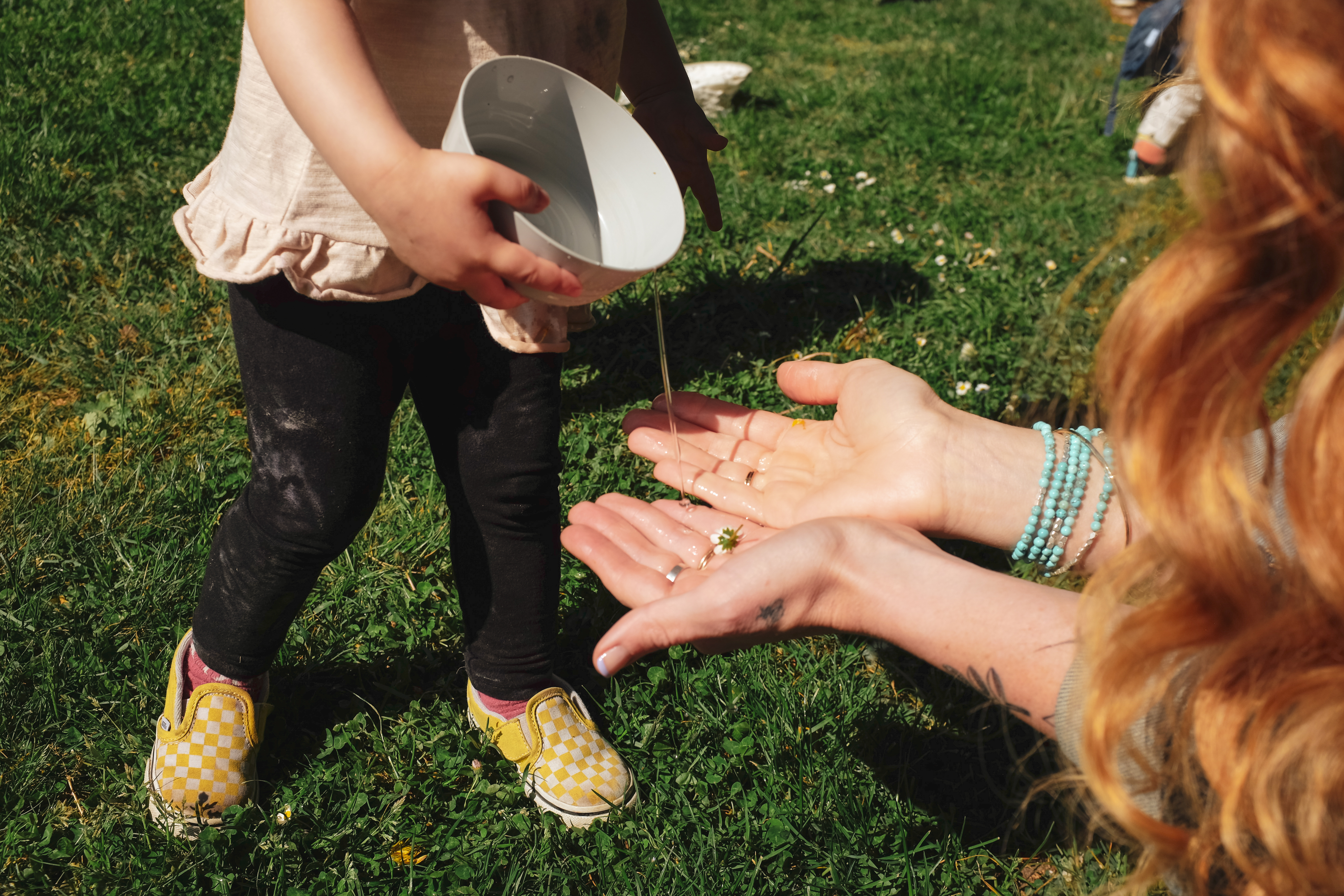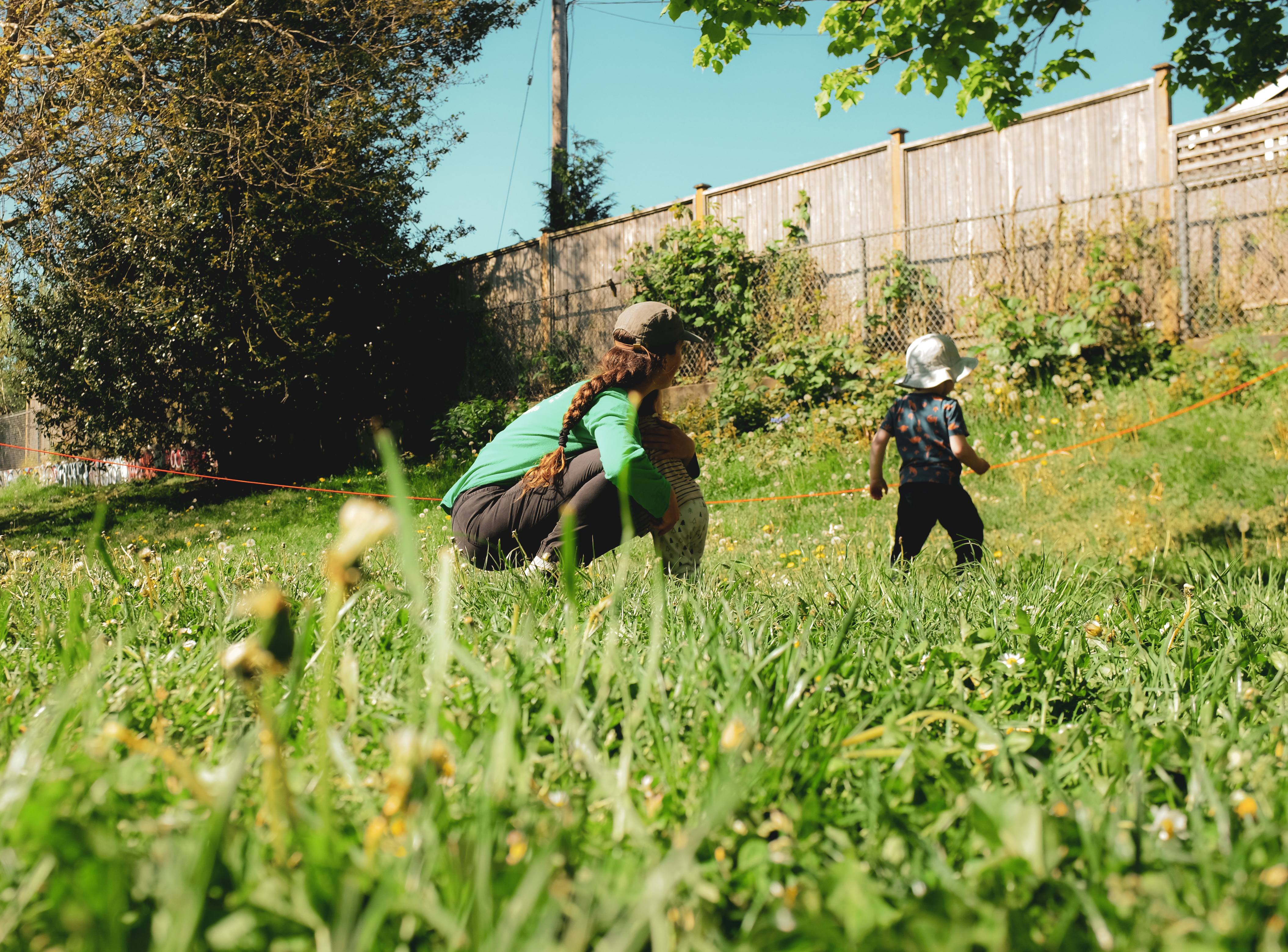What happens to children when they encounter trees and greenery? When they go for a brief nature walk, learn lessons outdoors, observe wildlife, or relax in front of a nature scene in a community garden? Such experiences can be exhilarating, fun, and inspirational. For many children, they are an essential part of life. We owe children access to nature.
Forest education is grounded in the idea that nature can become their teacher. As forest school educators, we teach outside because it helps us deepen our learning and allows children to deepen their understanding of the world around them.
What is Forest School?
Forest education began in Scandinavia in the 1950s. Since then, forest schools have grown in Germany, Italy, the UK, the US, Japan, China, South Korea, Australia, New Zealand, and Canada.
Forest education takes place in a natural outdoor environment. The focus is hands-on, experiential learning, and the goal is to develop children's cognitive skills, as well as their social, emotional, and physical well-being.

Students in a forest school program participate in nature-centric activities such as building shelters, making arts and crafts from natural materials, playing outdoor games, and learning about plants and animals. A Forest School aims to provide environments where children can learn to appreciate nature and develop self-confidence, independence, and a love of learning.
How Do Children Learn in Forest School?
Children engaged in outdoor education programs learn through collaborating, crafting, creating, and playing together in nature. This approach gives kids the guidance to learn how to coexist with each other and the world around them while also being given the supportive space to self-regulate, effectively communicate their thoughts and emotions, and understand the importance of social harmony.
"There is a teaching in every part of creation. It is our task to find it, learn it, and apply it.” - Ken Goodwill
Educators run activities that teach children about the beauty of the world around them, giving them the chance to connect with the land throughout the seasons. Lessons include doing arts and crafts using natural materials collected from the area, building shelters from the wind and rain, and helping children learn and appreciate the patterns of the changing seasons.
Nature-based educators believe there's no such thing as bad weather – just unsuitable clothing. A little rain shouldn't result in a child being cooped up indoors all day. We love splashing in puddles and playing in the snow just as much as jumping in autumn leaves and basking in the summer sun. No matter the weather, we let playful curiosity lead the way. We also allow the weather to guide an awareness of our bodies and help us feel prepared for whatever weather each day might bring.

In our nature programs, we use an emergent approach to learning. Emergent learning lets the child take the lead, with educators supporting their explorations. Educators supply a flexible structure that offers opportunities for child-led explorations within a framework of safety, inclusivity, and respect for people, plants, and animals.
We also see risk-taking as an opportunity to learn. For example, if a child is climbing a tree, instead of saying, “Be careful,” our educators ask the child, “Do you feel safe?” or “How do you feel up there?” This empowers the child and supports them in their play. When kids feel supported to try new things and step out of their comfort zone, they can discover what they are capable of and gain confidence. These experiences can give them the tools they need to meet and overcome new challenges.
Caring & Growing in Nature
Forest education programs are based on a belief in the importance of children developing a positive relationship with each other and the natural world around them. To this end, educators facilitate activities and encourage children to take calculated risks, solve problems, and make their own choices.
Nature-based educators believe there's no such thing as bad weather – just unsuitable clothing.
When we provide children with consistent access to outdoor spaces, they can develop an appreciation for the natural world and learn to live in closer harmony with it. Equally important, we believe that playing together outdoors develops positive social skills, builds confidence, and teaches kids to enjoy the outdoors, no matter the weather.
At our school, we’re aligned with the Child & Nature Alliance of Canada in our belief that
"Children can find magic in the most ordinary of spaces. What matters is that they build a relationship to a place, through regular and repeated access to it, in the way that is most fitting to them: through play."

Forest educators acknowledge the continued importance of traditional elements of schooling, but integrate the perspective voiced by naturalist John Lubbock: “Earth and sky, woods and fields, lakes and rivers, the mountain and the sea, are excellent schoolmasters, and teach some of us more than we can ever learn from books.”
When nature is the teacher, it can enhance and reinforce what is learned in the classroom. Through a proper balance, children are able to exercise their mind, body, and spirit. Literacy not only includes the ability to effectively read and write but also the ability to read the landscape and understand our connection to the natural environment.
We aspire to guide children to see that, in the words of the late Indigenous elder Ken Goodwill: "There is a teaching in every part of creation. It is our task to find it, learn it, and apply it.”

Here in the beauty of the Victoria region at Seedlings Forest Education, we find endless opportunities to explore, play, share, and learn. Outdoor education is about instilling a love and respect for the natural world that sustains and supports all living things.
Whether a child is beginning our Sprouts program for toddlers or finishing one of our School Age programs, we believe that inspiring respect for plants and animals in early childhood—and nurturing that respect through the path of playful curiosity—helps raise children who will grow up to take care of the world around them.

Seedlings Forest Education recognizes and acknowledges the lək̓ʷəŋən, Songhees, Esquimalt, and W̱SÁNEĆ peoples on whose traditional territories we live, learn, and do our work.
References
Lubbock, John. (1894). The Use of Life. New York and London: MacMillan & Co. Accessed 31 July 2023 at https://archive.org/details/uselife02lubbgoog/mode/2up.
The Child and Nature Alliance of Canada. (2023). Principles of Forest/Nature School. Accessed 31 July 2023 at https://childnature.ca/about-forest-and-nature-school/.



